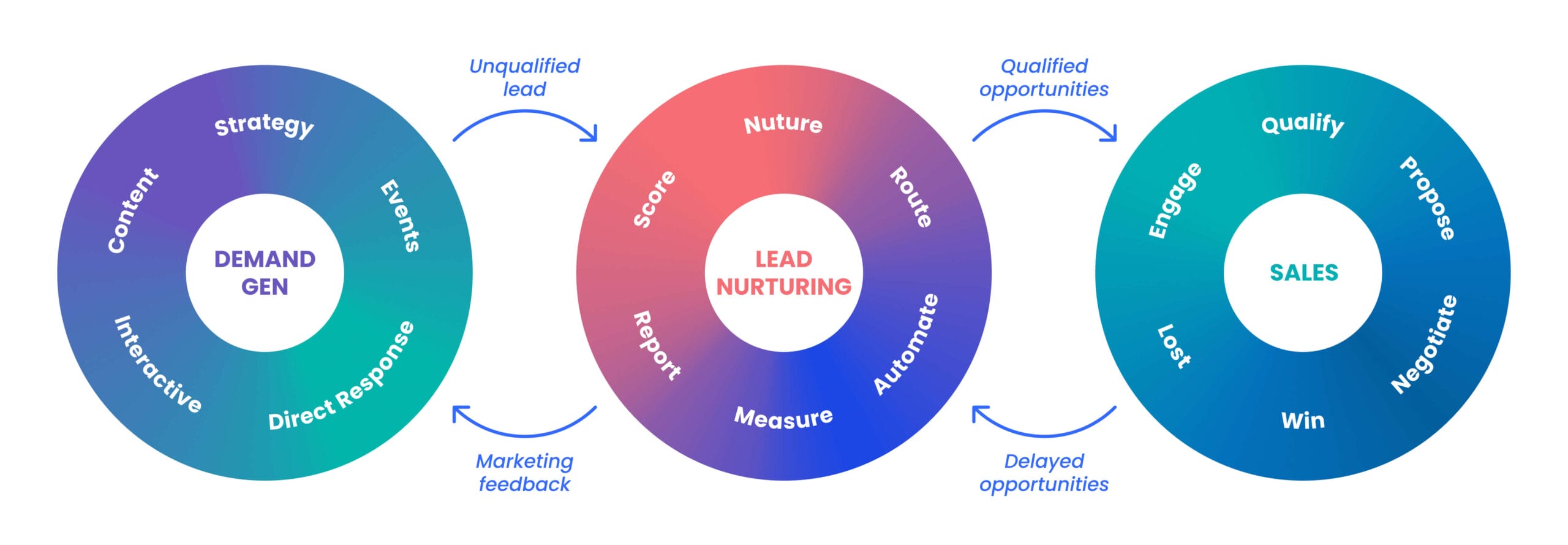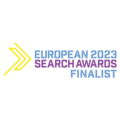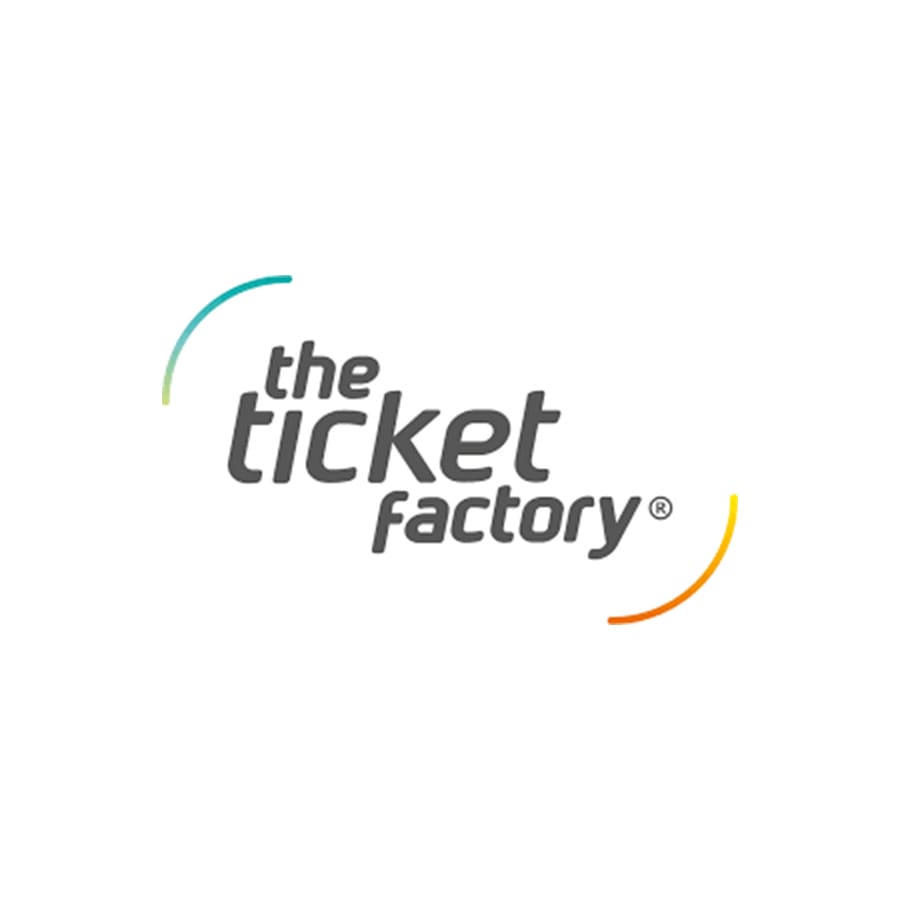Demand generation is the process of creating awareness and interest in a product or service to build a consistent pipeline of qualified leads. A Demand Generation Framework provides a structured approach to guide businesses through this process, integrating marketing and sales efforts to attract, engage, and convert potential customers.
This article outlines key elements and strategies that form the foundation of an effective demand generation plan, helping businesses nurture prospects and drive sustainable growth.
What is the Demand Generation Framework?
A demand generation framework is a systematic process that allows businesses to create interest, engage potential customers, and convert leads through various stages of the buying journey. It goes beyond lead generation by focusing on long-term relationship building with the audience, ensuring that marketing efforts translate into measurable sales and results.
Why is a Demand Generation Framework Important?
In B2B marketing, decisions are not made overnight. Potential customers often require nurturing, education, and exposure before they decide to buy a product or service. A structured demand generation plan ensures that every stage of the buying process is covered, helping to guide leads from initial interest to eventual purchase. It also ensures alignment between sales and marketing teams, making both teams more effective in generating leads, nurturing them, and converting them into loyal customers.
Explore how aligning your demand generation strategies can help overcome common ABM challenges in B2B marketing.
Key Components of a Demand Generation Framework
Building an effective B2B demand generation framework involves several critical components that address every step of the buyer’s journey:
1. Target Audience Identification
Before generating demand, it’s crucial to identify who your ideal audience is. This involves understanding their challenges, preferences, and buying factors.
Key actions include:
Defining buyer personas based on data and demographic insights
Segmenting the audience by industry, role, and buying stages
Identifying the pain points that your solutions can address
2. Content Strategy
A strong content strategy is central to any demand gen strategy. Creating the right marketing content helps businesses attract and engage potential customers across different stages of the buying process.
A solid content strategy should include:
Educational blogs and articles to address specific customer needs
Case studies, white papers, and demos that showcase your product’s benefits
Webinars and videos that engage users and explain key solutions
3. Lead Nurturing
Not every lead is ready to buy immediately, so nurturing them is key. Through targeted outreach, sales teams can help move leads through the funnel, building trust and guiding them toward purchase.
Effective lead nurturing includes:
Personalised email campaigns tailored to the user’s interests
Automated follow-ups, using a CRM system to ensure no opportunities are missed
Drip marketing to provide value continuously
4. Marketing Channels
Utilising the right marketing channels is essential for a successful demand generation framework. These channels help in distributing your content and reaching a broad audience.
Some of the most effective channels include:
Outbound marketing, such as email and paid ads
Inbound strategies such as SEO and content marketing
Social media platforms like LinkedIn to engage B2B prospects
CRM-based marketing to segment and target leads more effectively
5. Metrics and KPIs
Tracking data and measuring the success of your outreach is critical to refining your demand generation strategy. Some key metrics to monitor include:
Conversion rates (from leads to customers)
Cost per acquisition (CPA) and return on investment (ROI)
Engagement metrics such as click-through rates and average time on site
Number of marketing-qualified leads (MQLs) and sales-qualified leads (SQLs)
The Importance of Alignment Between Sales and Marketing
Your marketing and sales teams must be aligned for your demand generation framework to be effective. This alignment ensures a smoother handoff of leads from marketing to sales, resulting in more consistent and successful tactical execution:
Continuous feedback loops: Establish regular, structured feedback between sales and marketing. Sales should provide detailed insights into lead quality and conversion challenges, while marketing uses this feedback to refine targeting, messaging, and campaigns. This iterative process is essential for optimizing lead nurturing and ensuring campaigns resonate with real-time market needs.
Collaborative management: Encourage both teams to actively collaborate on the demand generation plan, fostering shared goals and strategies.
Shared CRM systems: Ensure that both teams use the same CRM to track and manage leads, enhancing coordination and visibility.
Steps to Building an Effective Demand Generation Framework
To build a strong framework, businesses need to follow a systematic approach. Below are the steps to take:
1. Assess Current Gaps and Opportunities
Before creating a demand generation plan, conduct an audit of your current marketing and sales processes. Identify gaps where potential customers drop off and explore areas for improvement.
2. Develop a Comprehensive Content Strategy
The right content is the cornerstone of any demand-generation strategy. Build content that aligns with each buyer’s stage in the funnel, ensuring that it educates, engages, and converts. Building effective content helps increase visibility and provides solutions to potential customer pain points.
3. Integrate Technology and Automation
Technology plays an important role in any demand generation plan. Automation tools streamline the process, making it easier to manage lead nurturing, track interactions, and deliver personalised content.
Use marketing automation platforms to run outreach activities and measure performance.
Implement CRM systems to track user behaviour and improve personalisation.
Refine strategies by continuously analysing data and adjusting tactics.
4. Continuous Monitoring and Optimisation
Your demand generation plan is not static. It needs regular monitoring to ensure it remains relevant and effective. Refine your strategies based on performance data and adjust your plans to keep improving your results.
The Role of Technology in Demand Generation
Incorporating technology into your demand generation strategy is essential for managing leads and refining your approach. Here are key tools to consider:
CRM systems for managing customer relationships and tracking leads
Automation platforms for delivering personalised campaigns at scale
Analytics tools to measure the effectiveness of your strategies
Demand Generation within ABM Contexts: Programmatic ABM and GTM ABM
In B2B marketing, demand generation works closely with Account-Based Marketing (ABM). While ABM targets high-value accounts individually or in clusters, demand generation casts a broader net, targeting a larger audience to generate interest and nurture leads.
In Programmatic ABM, demand generation strategies use automation to target multiple accounts at once, allowing for scalability.
Recently, a new approach called GTM ABM (Go-To-Market ABM) has emerged, aligning closely with Programmatic ABM but designed with a more accessible, lower-pressure framework.
GTM ABM maintains the structure and scalability of Programmatic ABM but appeals to teams looking to implement ABM without the intense budgetary or resource demands typically associated with traditional ABM strategies. This familiarity can make GTM ABM a more approachable choice for businesses aiming to balance demand generation with targeted account outreach, allowing for streamlined automation and broader reach without overwhelming resources or risk.
Common Challenges and How to Overcome Them
Implementing a demand generation framework can present challenges. Here are some common issues and how to address them:
Low engagement: Ensure that your content addresses customer needs and pain points, providing them with real solutions.
Misalignment between teams: Use shared tools such as a CRM and ensure that both sales and marketing teams have clear and refined goals.
Content fatigue: Continuously refresh your content library to maintain relevance and engagement with your audience.
Conclusion
A well-crafted demand generation framework is vital for any B2B business looking to attract and convert potential customers. It helps align sales and marketing, creates engagement through targeted content, and uses technology to track and refine results. By following the steps outlined in this article, businesses can develop a comprehensive demand generation plan that addresses every stage of the buying journey, ensuring consistent growth and improved ROI.
FAQs
Demand generation focuses on creating awareness and interest in your brand or product, encompassing a wide range of marketing activities. Lead generation is a subset of demand generation, specifically targeting the collection of contact details from prospects who are interested in your offering.
A demand generation funnel refers to the stages a potential customer goes through—from awareness to consideration, intent, and ultimately purchase. The funnel is used to track and nurture leads at each stage, ensuring they move toward conversion.
The 4 crucial elements of demand planning are market analysis, accurate forecasting, inventory management, and collaborative alignment between sales and marketing. These elements help businesses predict customer demand and ensure that products or services meet market needs efficiently.
A demand generation team typically includes roles such as a demand generation manager, content strategist, marketing automation specialist, data analyst, and sales alignment lead. Each role works together to create, execute, and measure demand generation actions effectively.
Both marketing and sales teams share responsibility for demand generation. Marketing focuses on attracting and nurturing leads, while sales is responsible for converting those leads into customers. Alignment between these teams ensures successful demand-generation efforts.
Demand generation is calculated by tracking key metrics like lead generation, conversion rates, cost per acquisition (CPA), and return on investment (ROI). These metrics help businesses measure the effectiveness of their outreach activities in generating demand and driving revenue.
B2B demand generation focuses on building long-term relationships and targeting decision-makers within businesses, often requiring more personalised and educational content. B2C demand generation is aimed at individual consumers and typically involves more broad-based, emotional marketing to drive quicker purchases.
The timeline for seeing results from demand generation efforts can vary, but it typically takes several months. Building brand awareness, nurturing leads, and guiding them through the sales funnel requires time, and consistent efforts are essential for long-term success.
Success in demand generation is measured through metrics like conversion rates, cost per acquisition (CPA), lead quality, marketing-qualified leads (MQLs) versus sales-qualified leads (SQLs), and the overall return on investment (ROI). These help determine how well your efforts are driving revenue.















































